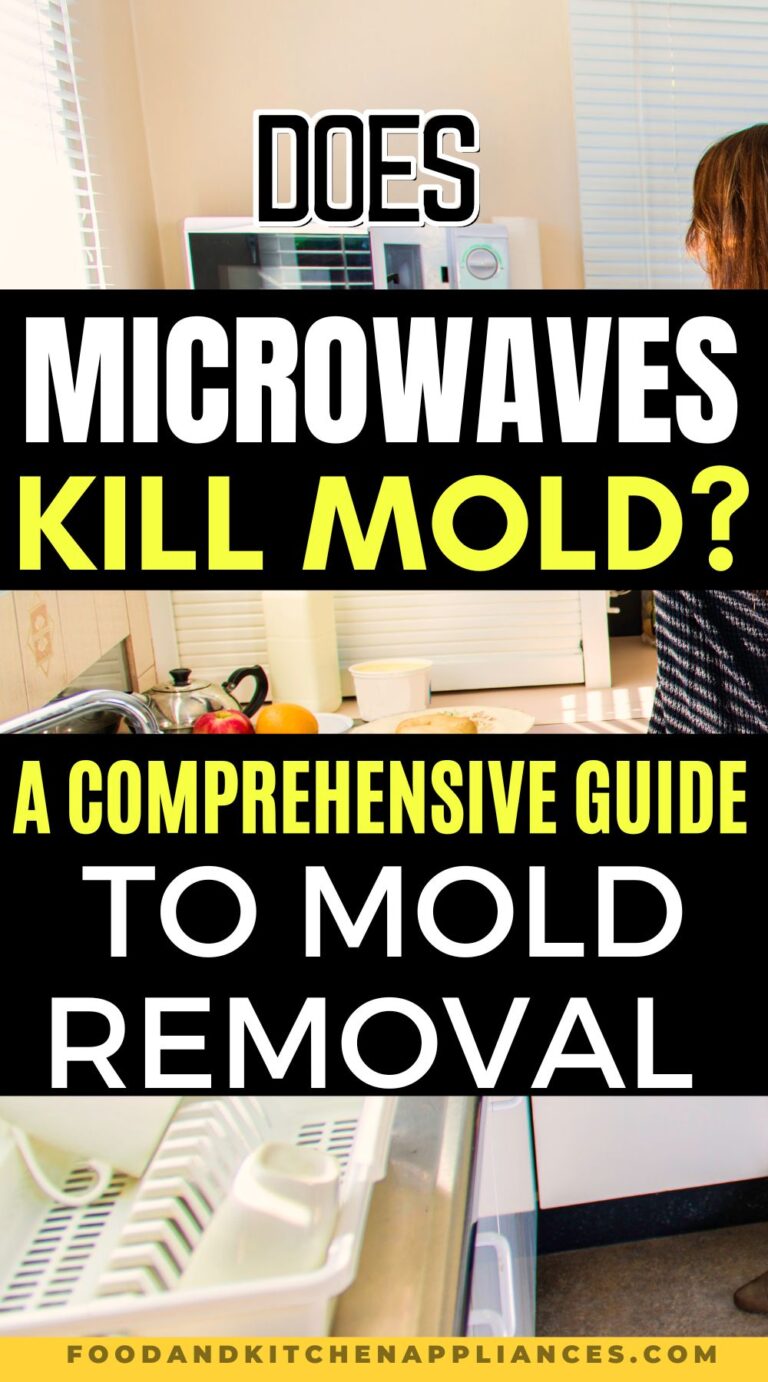
Can A Microwave Kill Mold? A comprehensive guide FOODANDKITCHENAPPLIANCES
To start, use a damp paper towel or sponge to remove as much of the mold as you can. Next, Digital Trends suggests mixing 1 cup of water and 1/4 cup of white vinegar in a microwave-safe bowl. Microwave the vinegar mixture on high for one to two minutes. When the time is up, leave the microwave closed for another two to three minutes to let the.

MicrowaveStorage_Hanover_800_Wide.gif
Microwaves generate heat, which has the potential to kill mold. However, it's important to note that microwaving mold is not a foolproof method for eliminating it entirely. The heat from the microwave can kill the mold spores on the surface being treated, but it may not reach the deeper layers where mold may still be present.

The Microwave Beat YouTube
To kill mold, you need to heat the spores to at least 140 degrees Fahrenheit for five minutes. however, to be on the safe side I would recommend cooking it at 160 degrees Fahrenheit for 5 minutes. Microwaves can get as hot as 212 degrees Fahrenheit which is the boiling point of water. The spores of more active molds can be killed at lower.

Will Microwave Kill Germs? Appliance Inn
Leave the vinegar /lemon juice solution in your microwave for 20-30 minutes. This will kill any remaining mold spores and prevent future mold growth. Repeat steps 4-6 from method one. Your microwave is now clean. Tip: Method 1 (cleaning with a detergent solution) is suitable for milder stains.
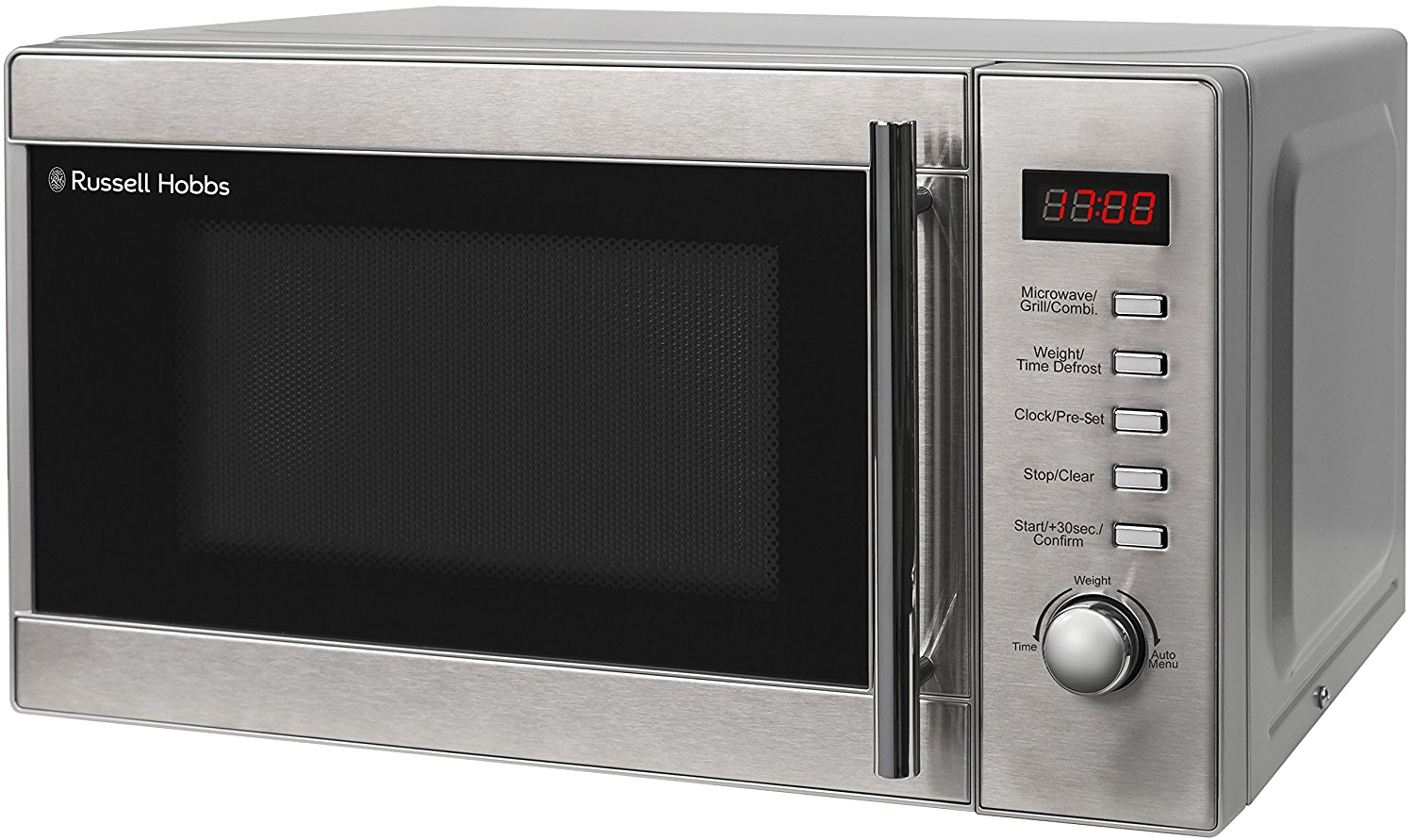
Microwave PNG File PNG All PNG All
Wipe the surfaces clean with vinegar and then allow it to sit for 15 minutes. Rinse clean with water. Dampen a cloth with clean water and then wipe the vinegar off the surfaces. The vinegar smell will dissipate within a few minutes if you leave the microwave door open to allow complete dryness. Prevent mildew and mold germination.

Pin on Products
Many people believe that using a microwave to heat up food can kill mold, but this is not necessarily the case. While a microwave can effectively kill bacteria and viruses, it may not be as effective at killing mold spores. The heat from the microwave may not be evenly distributed, which means that some mold spores may survive.

Microwave over the range edhooli
Microwaves can kill some species of mold, but the particles left behind will lead to continued exposure. Dead mold still can trigger adverse health reactions. Not only that but spores and mycotoxins also can lead to health issues. When it comes to moldy microwaves, turning them on and trying to zap the mold out is not the best cleaning.

Can A Microwave Kill Mold? A comprehensive guide FOODANDKITCHENAPPLIANCES
To effectively kill mold spores, it's recommended to microwave the food for at least 1-2 minutes. However, the duration may vary depending on the type of food and the severity of the mold. It's essential to ensure that the food reaches a high enough temperature to kill the mold spores effectively.
Kenmore 83523 1.6 cu. ft. OvertheRange Microwave Oven Stainless Steel
To remove mold from a microwave, make a solution of 1 part white vinegar to one part water inside a large bowl. Place the bowl in the microwave and run a cycle of ten minutes on its highest temperature setting. Whilst boiling, the vinegar vapors will kill mold and any spores it comes into contact with.
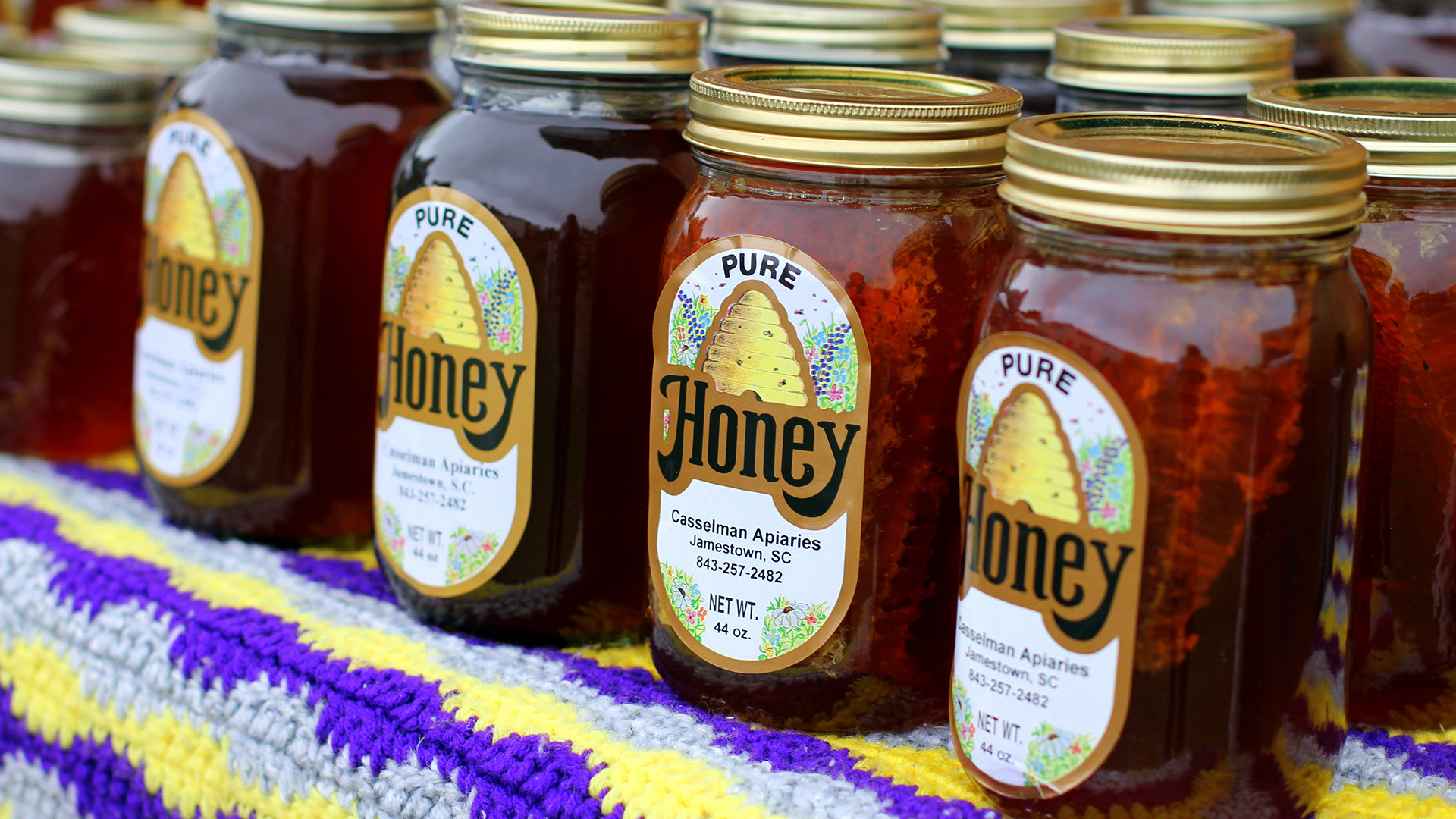
Got honey and a microwave? Great you can cook your own carbon
To clean mold out of a microwave, first unplug the microwave for safety. Prepare a cleaning solution of mild liquid detergent and water, then scrub the mold patches inside the microwave. After removing the mold, clean the entire interior, rinse, and thoroughly dry. Disinfect the microwave with a solution of equal parts white vinegar and water.

Weird Tech Microwave beam nukes stolen cars TechRadar
Here are some tips for removing mold from a microwave: 1. Unplug the appliance and remove all food and containers. Before beginning any cleaning process, unplug your microwave and remove all food and containers from inside the appliance. 2. Clean with an antibacterial solution
Avanti MWAV7BK 0.7cu.ft. Manual Microwave Oven Black
6. A microwave is NOT a treatment for mold or food pathogens. It is simply a device that causes the water molecules in food to vibrate producing heat in food. Of course, heat is a treatment for many food pathogens. However, a microwave is particularly tricky here, because depending on where the water molecules are, or other interference, such.

Does Microwave Kill Bacteria? Everything You Need To Know in 2021
To kill mold using baking soda, place 1 teaspoon of baking soda with 2 cups water in a spray bottle and shake well to incorporate. Spray the mold with the solution and use a scrubbing brush or.
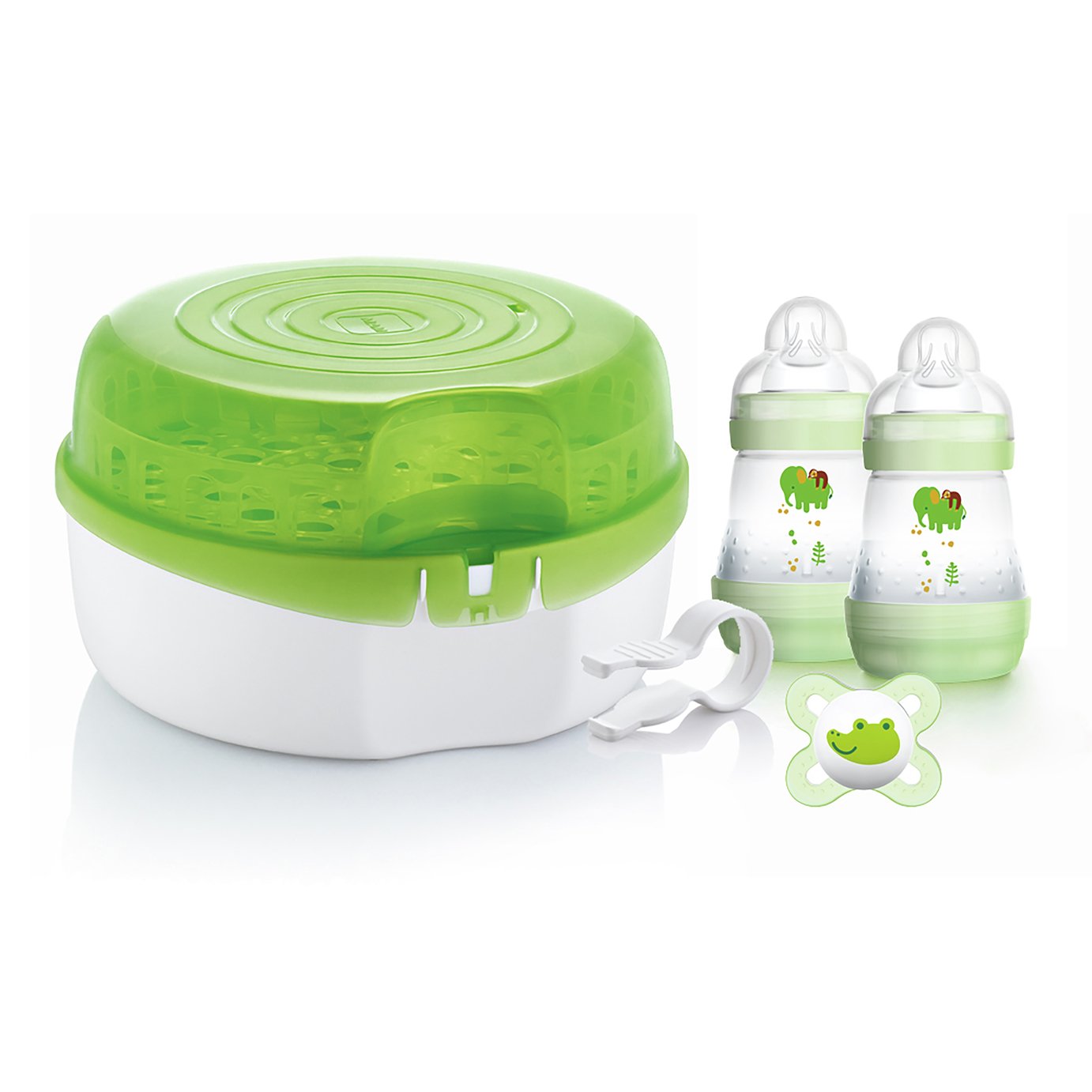
MAM Microwave Steam Steriliser. Reviews
Microwave radiations do not possess the capacity to kill mold. Therefore, even though the heat produced may inhibit the proper functioning of mold spores, it does this to a minimal degree. Also, relying on a microwave to kill mold or mold spores would be a disappointing venture, as it is grossly ineffective. Molds being resilient and unwavering.
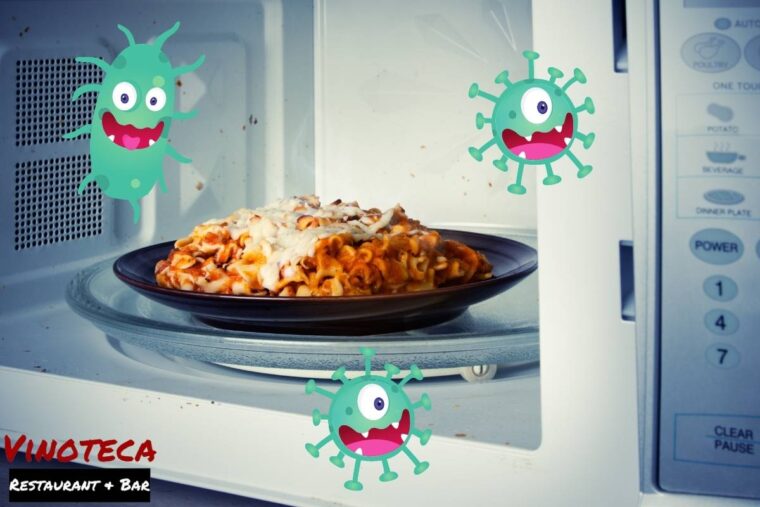
Does Microwave Kill Bacteria? The Answer Will Shock You
2. Dish soap & warm water. Mix a few drops of dish soap with warm water in a microwave-safe bowl. Then microwave the mixture on high for several minutes until it boils and the steam coats the interior of the microwave. Use a clean cloth or sponge to remove mold and food debris.

Does Microwave Kill Mold? Renovate Central
Risks of mould in your microwave. What you need to remove mould from your microwave. A step-by-step guide to cleaning mould in your microwave. Step 1: Preparation. Step 2: Wipe it down with hydrogen peroxide. Step 3: White vinegar steam cleaning. Step 4: Baking soda scrub.